The Nikon D7200 was released in March of 2015 as a top-of-the-line DX DSLR and a price point of $1,200 USD. Compared to the D7100, the D7200 has nearly three times the buffer, an improved AF-system, the fast EXPEED 4 processor and a bunch of other nice features, especially for video shooters. Let’s check some specs, but first a warning – Nikon released the D7200 right at prime mating season in Arizona. Birds and bees were being birds and bees. This could be our sexiest review yet.
Build and Handling
If you shoot with a D7100, D810 or D750, the D7200 will feel familiar. I like how it fits my hands and I always feel like I have a secure grip on it. Most of the key buttons are in the same location and I found I could go back and forth between my D810 and the D7200 almost seamlessly. The biggest difference would be the rear-AF button placement on the D810 that has always driven me nuts. I much prefer having just one button there like on the D7200. I shoot in manual a lot and by assigning the video record button to adjust ISO in still mode, I have shutter speed, aperture and ISO controls all quickly adjustable with my right fingers. In comparison, my D7000 is much slower and clumsier to set the ISO on, requiring that I take the camera away from my face. A check of the D7100 owner’s manual and firmware updates indicates that the D7100 doesn’t allow this either.

The D7200 is better weather-sealed than the D7000, but seeing as my D7000 has lasted 200K+ shots and I usually shoot in very dusty outdoor locales, build quality wasn’t an issue there. At 674 grams (23.9 ounces) the D7200 is reasonably light and balances well with lighter lenses, but not as well with heavier lenses like a 24-120mm, 18-300mm or 150-600mm. The D7200 lacks the crappy low-res plastic LCD cover found on the D7000. It does, however, have the same eyepiece cover that snaps off way too easily and wants to get lost, just like on the D7000, D7100, D600 and D750. Lastly, my pet peeve about all Nikon DSLRs; the D7200 comes with the painful D-Kapitator neck strap, except this time it doesn’t even have “D7200” embroidered on it. WTF? How will I know how many Nikon’s I’ve owned if I can’t look in my box full of discarded straps and read off all the model numbers?
Nikon D7200 Specifications
- Crop Factor: DX-format DSLR, 1.5x crop factor
- Sensor: 24 MP CMOS sensor without an optical low pass filter
- Continuous Shooting Speed: Up to 5 fps continuous shooting in 14-bit RAW
- Crop Mode: 1.3x crop mode gives 13.5 MP images and up to 6 fps in 14-bit RAW or 7 fps in 12-bit RAW
- Buffer: 13-22 shots in 14-bit lossless (as tested – Nikon advertises 18 shot 14-bit lossless buffer), 97 shot large fine JPEG (as tested)
- AF System: New Multi-CAM 3500 DX II AF system with TTL phase detection
- AF Points: 51 points with 15 cross-type sensors. Center sensor is capable of focusing f/8 lenses
- ISO Range: 100 – 25,600 (full color), boost to 51,200-102,400 (black and white only)
- Metering Sensor: 2,016-pixel RGB (3D Color Matrix) sensor
- Processor: EXPEED 4 processor and 14-bit A/D Conversion
- Storage: Dual SD Card Slots with SD, SDHC, and SDXC memory card compatibility
- Pentaprism: Eye-level Pentaprism Single-Lens Reflex Viewfinder with 100% frame coverage
- Video: Full 1080p HD video recording at up to 30p (1x mode) and 60fps (1.3x mode)
- Timelapse: Up to 9999 shot in-camera time lapse with exposure smoothing
- Detection Range: -3 – +19 EV (ISO 100, 20°C/68°F)
- Body Type and Shutter: Magnesium-alloy body, superior weather/moisture and dust seals and a 150,000 cycle-rated shutter system
- LCD: 3.2 Inch, 1,229K-dot LCD Monitor
- Built-in Wi-Fi with NFC: Yes
- US Price: $1,199 – body only
Sensor Performance
Resolution and Reach
When it comes to resolution, the 24 MP sensor without an AA-filter gives detail so sharp it could hurt your eyes.

Here’s a 100% crop view of a Great Blue Heron. For an equal subject size in final output, this is resolution the D810 can’t even match (given equal optics and distance to subject). This makes the D7200 the top choice in Nikons when it comes to gaining “reach” via cropping. Here’s some examples comparing the D7200 to the D7000, D810 and D4s when it comes to “reaching out” to a distance subject. All of these were taken from the same distance with the same lens then cropped to give the same subject size in final output.




There’s a 1/3 stop difference in ISO in the bottom two shots, but not enough to unjustly skew the findings. The D7200 is the clear winner when it comes to “reach”.
ISO performance and Noise
The high-ISO performance is pretty darn good for a DX sensor. Even though the D7000 has larger pixel sites, the D7200 still edges it out. Nikon has done well controlling the noise with this sensor as the following samples show.
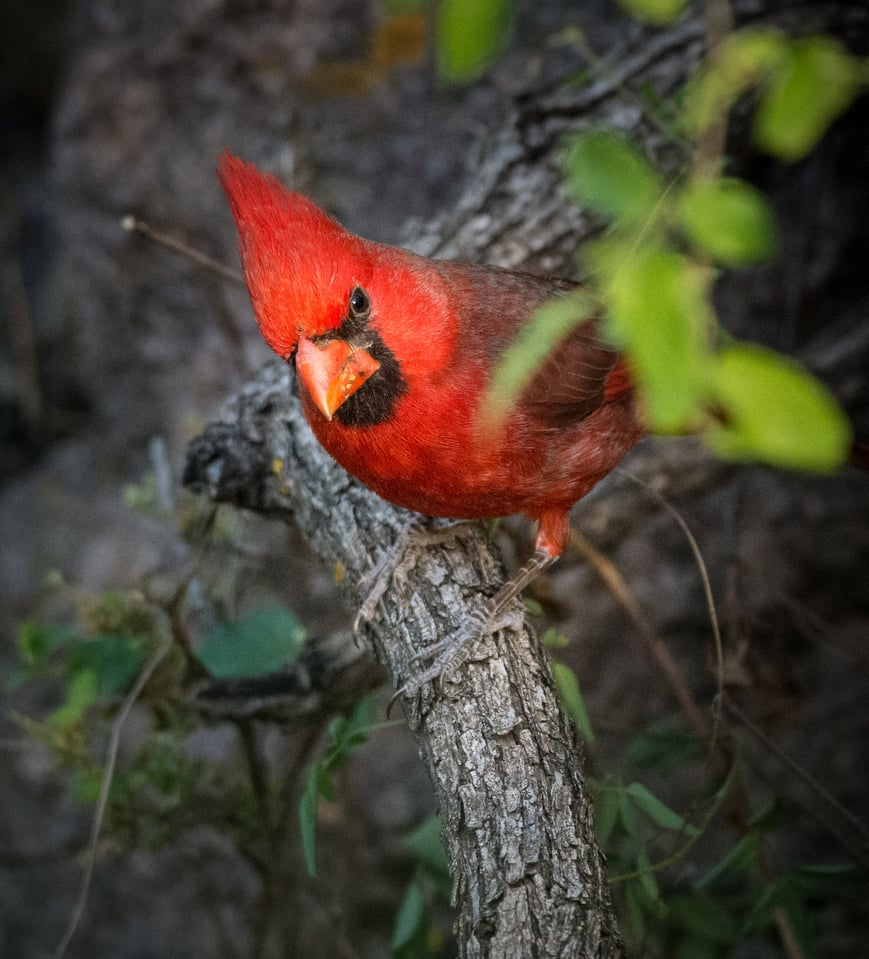
The Cardinals moved to Arizona and here’s proof. This guy is shot at 5000 ISO. I’ve done a bit of post-processing, but no noise reduction to it. In fact there was some added clarity that actually adds noise and to me, the noise in this shot is perfectly acceptable and barely noticeable at final output. This is cropped about 80%. With some masking and selective noise reduction this would look even better.
Here’s another example and instead of a shadowy background we have a light background that does a wonderful job of hiding noise (noise is usually most noticeable in the dark portions of a photo, especially if you are boosting the shadow exposure to reveal details).

This is at ISO 5000 with no noise reduction and ~75% crop giving a 3000mm equivalent view. Even with some added clarity and minor sharpening, both which increase noise, this looks good. As the light faded I cranked it up to 20000 ISO – this is the result.

At this point, the noise is obliterating the feather detail.
Here’s the same bird shot with a D4s at ISO 20000.

This is cropped to give a 3000mm equivalent view as well and has additional noise reduction (the bird size is different because it had moved). At this high a crop, this file is being upsampled to get a 2048p wide web resolution. Even with upsampling, the full frame high ISO king kicks butt.
For boring comparison shots at high ISO I needed a subject that wouldn’t move. This mother goose was sitting tight on her nest, keeping her eggs warm. She was nesting on a small island, at a safe distance from coyotes and photographers. The sun had gone down and the light was dim. These were all shot with the same lens at the same distance. I shot with the D7200, D7000 and the D810 in DX-mode. Exposure settings varied some as the sun had set and the light was changing fast during this field test. These have no post-processing other than the ISO 6400 crops.






All three cameras are looking pretty good through ISO 3200. At ISO 6400 they start to show visible differences so I’ve zoomed these in.

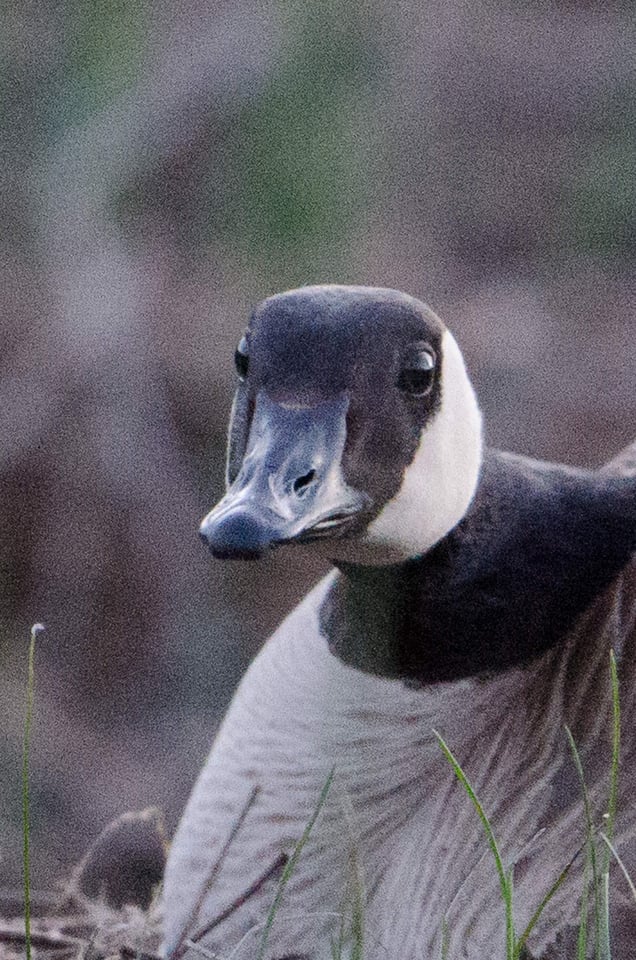

And zoomed to 100% here’s Mama Goose at ISO 6400 shot with the D7200, D7000 and D810 and cropped the same final subject size. You can see that when cropping for added reach, then resizing for final output, the D7200 beats both the D7000 and D810. The D7200 has smaller pixel sites, but because it has more pixels left after cropping to final output, it can be downsampled more, helping tame noise.
The D7000 tops out at ISO 6400 but at H 1.0 gives a 12800 equivalent.



And the D7200 and D810 continue on to 25600.


And goofing around at ISO 6400 (with post-processing).

Dynamic range
Here we have a male Ruddy Duck putting on a show for the ladies by bill-slapping his chest and creating the wave of foamy bubbles in front of him. If he can keep this up for long enough, the females will know he has the endurance and superior genes it takes to father their ducklings.

This is a common scenario in bird photography, where we have a bird with light feathers, some of which are in sun, and dark feathers, some of which are in shade. Exposing not to blow out the white feathers leaves the dark plumage going to black. Looking at the unprocessed file above (other than straightening/cropping) some of the sunlit white feathers lack detail and the black and dark brown feathers of the crown, neck, back and tail have gone nearly to black. Below is the Lightroom processed version, where I’ve knocked the exposure down 1/5th of a stop, pulled back the highlights (-65), pushed the shadows (+82) then added some clarity and vibrance to get rid of the shadow/highlight correction blahs.

We’ve tamed the highlights and got the shadow detail back – the D7200 scored well on this dynamic range test and by the looks of it, this handsome drake will be scoring too.
High-res Unforgiveness
Will the D7200 make your non-gold ring lenses obsolete and showcase every flaw in your technique? With such a high-resolution sensor (tighter pixel pitch than even the D810) will my cherished 18-300mm Guilty Pleasure Lens be relegated to life as a paperweight?
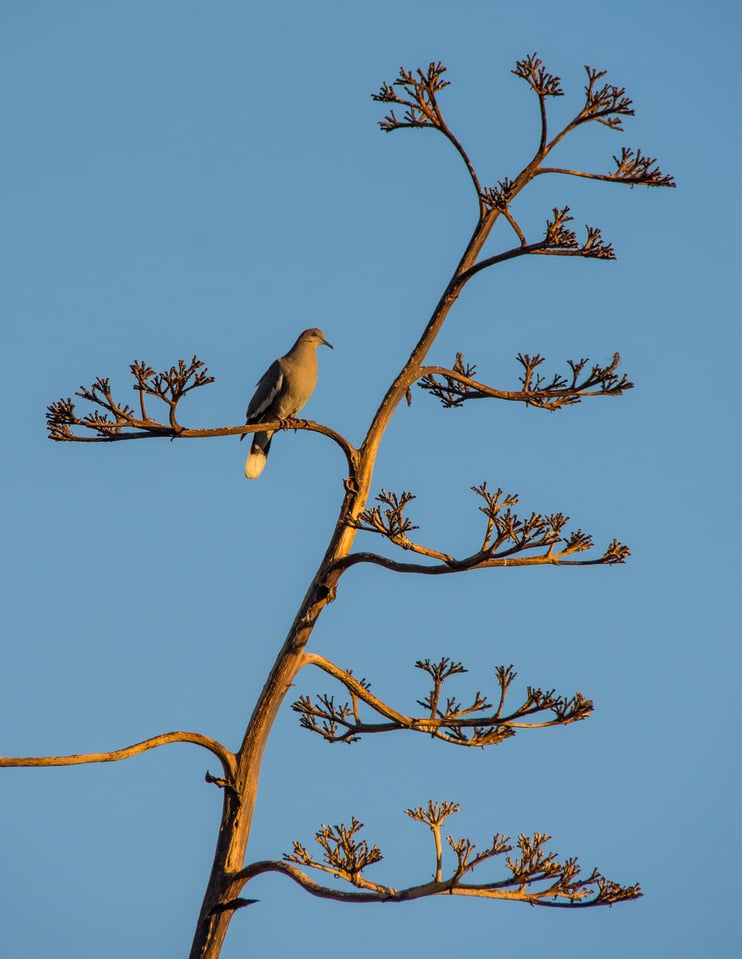


Hmmm, if I look at my shots at final output they don’t look bad. What the heck, let’s torture ourselves and look at 100%.

Where it’s focused on the eyeball looks reasonably sharp. Not as good as my gold ring 105 macro, but I chose not to pack that brick on my long hike that day. What this shows is that when you zoom to 1:1 on a 24 MP file you zoom in 50% more than if you go 1:1 on a 16 MP file. Of course you can recognize more flaws, just like you would if you zoomed the 24MP file from 100% to 150%. If you’re not cropping your images or blowing them up huge and viewing them from a ridiculously close distance, then the final result will be just fine and you can still enjoy the fun, loving feeling that only a superzoom can give ;)
Color
As far as colors go, they look great.



One thing that gives digital sensors fits is bright reds. I enable my camera monitors’ RGB histograms to make sure I don’t blow out the over-sensitive red channel. This is especially evident when shooting bright red birds like this Vermillion Flycatcher.
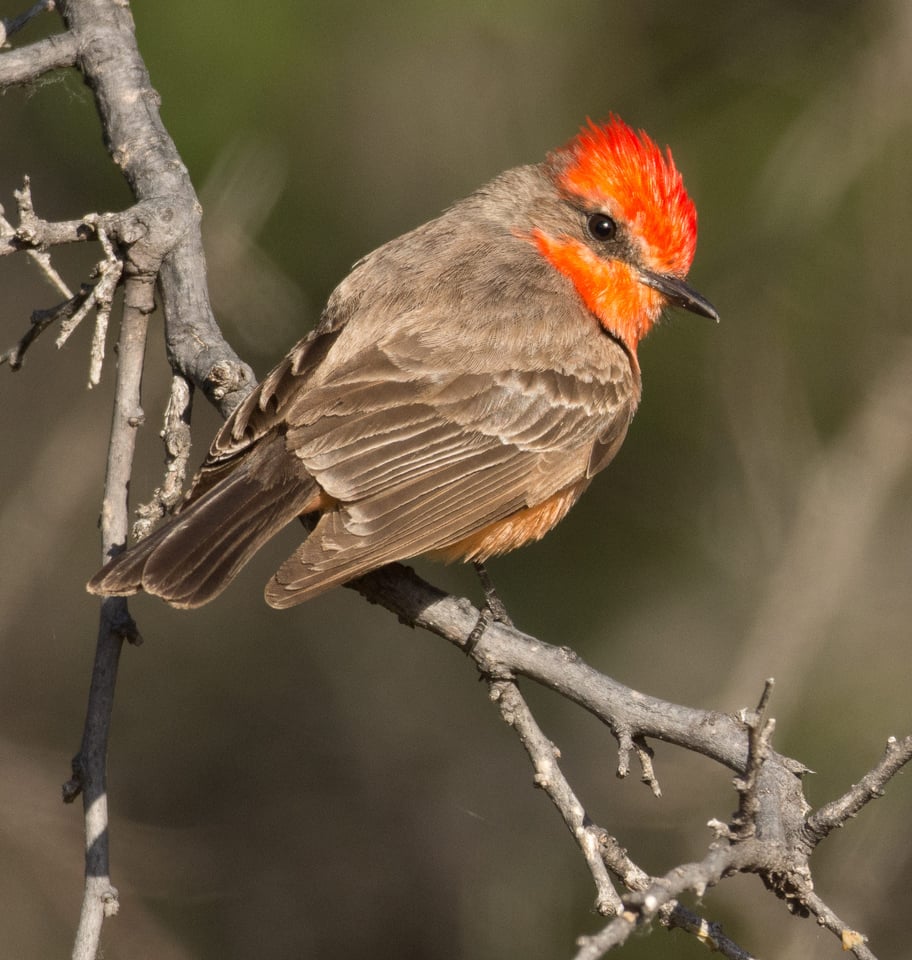
This is a juvenile male and will get even brighter as it matures – the “flying ember” as it’s known south of the border. Other than cropping in to show detail, this is unprocessed and the reds, through careful exposure and good sensor/software output, are still showing detail. Bravo.
Moiré
I didn’t explicitly test for moiré, but I did go all street photographer and grab a snap of this guy’s rad forearm tattoo with t-shirt fabric texture next to it.
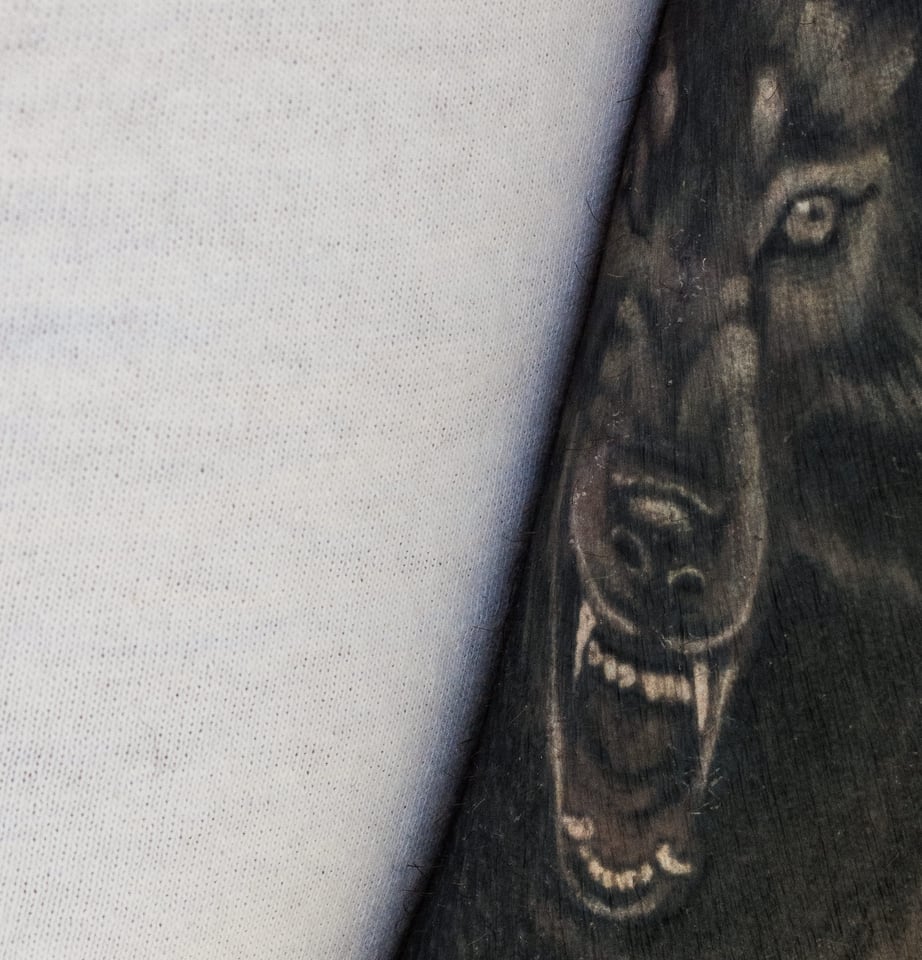
Fabrics are notorious for creating moiré banding, but it looks well controlled here. AA filters may soon become a thing of the past. So might my street photography career.
